Climate Crisis Migration | A Discussion We Need To Have
The increasing intensity and frequency of extreme weather events, such as heavy rainfall, prolonged droughts, desertification, hurricanes and sea-level rise are already forcing millions of people to leave their homes in search for safe places to live. Why we need to address climate change as a force of migration, below.
In Southern Africa tropical Cyclone Idas struck Mozambique on March 14, 2019. According to the UN 1.85 million people needed assistance and 146.000 people were internally displaced. The Cyclone and subsequent flooding damaged 100.000 homes, destroyed 1 million acres of crops, and demolished 1 billion dollars worth of infrastructure. In Central America, Hurricanes ETA and IOTA hit in November of 2020, displacing thousands of people. The devastation resulting from these Hurricanes have deepened the humanitarian crisis in Central America's Northern Triangle Region (Guatemala, Honduras and El Salvador), leaving consequences that we are seeing until today.
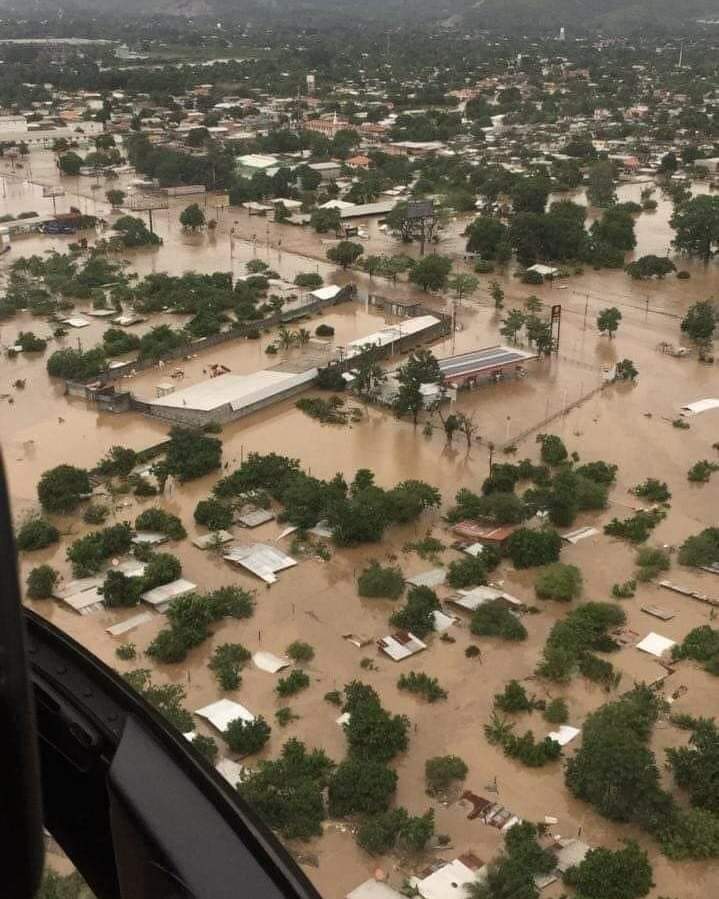
La Lima | Photo: Covide-Amve
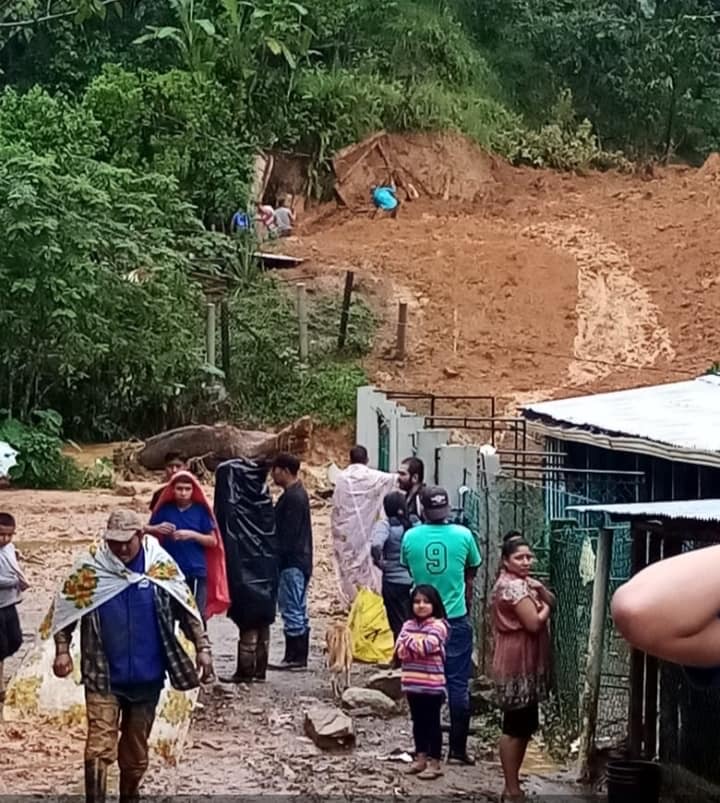
Hurricanes ETA and IOTA hit Central America in 2020 | Photo: Covide-Amve
The level of damage that Hurricanes Eta and Iota caused in Central America brings to mind Hurricane Mitch, which induced a mass exodus from Central America to the United States over twenty years ago. We had the opportunity to talk with one of the survivors of Hurricane Mitch, Dr. José Luis Zelaya, who was only 11 years old when the catastrophe hit Honduras.
His description of the events that concurred before, during and after the Hurricane are the vivid example of how a climate event can destroy many lives. Dr. Zelaya was only a child in 1998 when the Hurricane destroyed his homeland; he lived in extreme poverty in a dump field in one of the world’s most dangerous cities: San Pedro Sula. Authorities, at the moment of the catastrophe, where nowhere to be found. According to Dr. Zelaya, there was no warning or help during the Hurricane, which only worsened the conditions of the most vulnerable population.
“As we already saw that it was raining every day, we were not surprised that it was raining nonstop. The problem is that the rain never ceased. It got heavier. So, imagine the dump flooded, imagine people fleeing in desperation, horrible devastation.” Dr. Zelaya told Luxiders in an Interview.
Two years later, the devastation caused by the Hurricane and the life in poverty, drove him to embark in the dangerous journey that many Climate Crisis Victims in Central America, and all around the globe go through, in order to survive.
*More on the Interview with Dr. Zelaya coming soon.
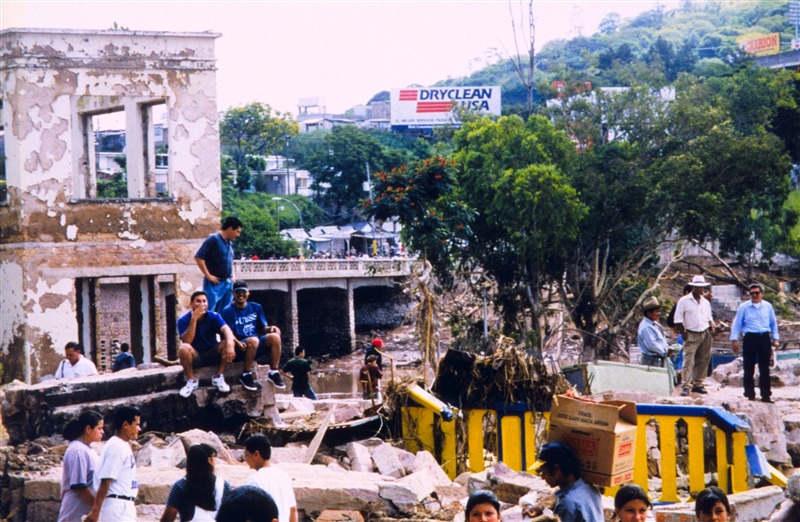
Hurricane Mitch was the second deadliest Hurricane in History | Photo: Debby Larson, NOAA
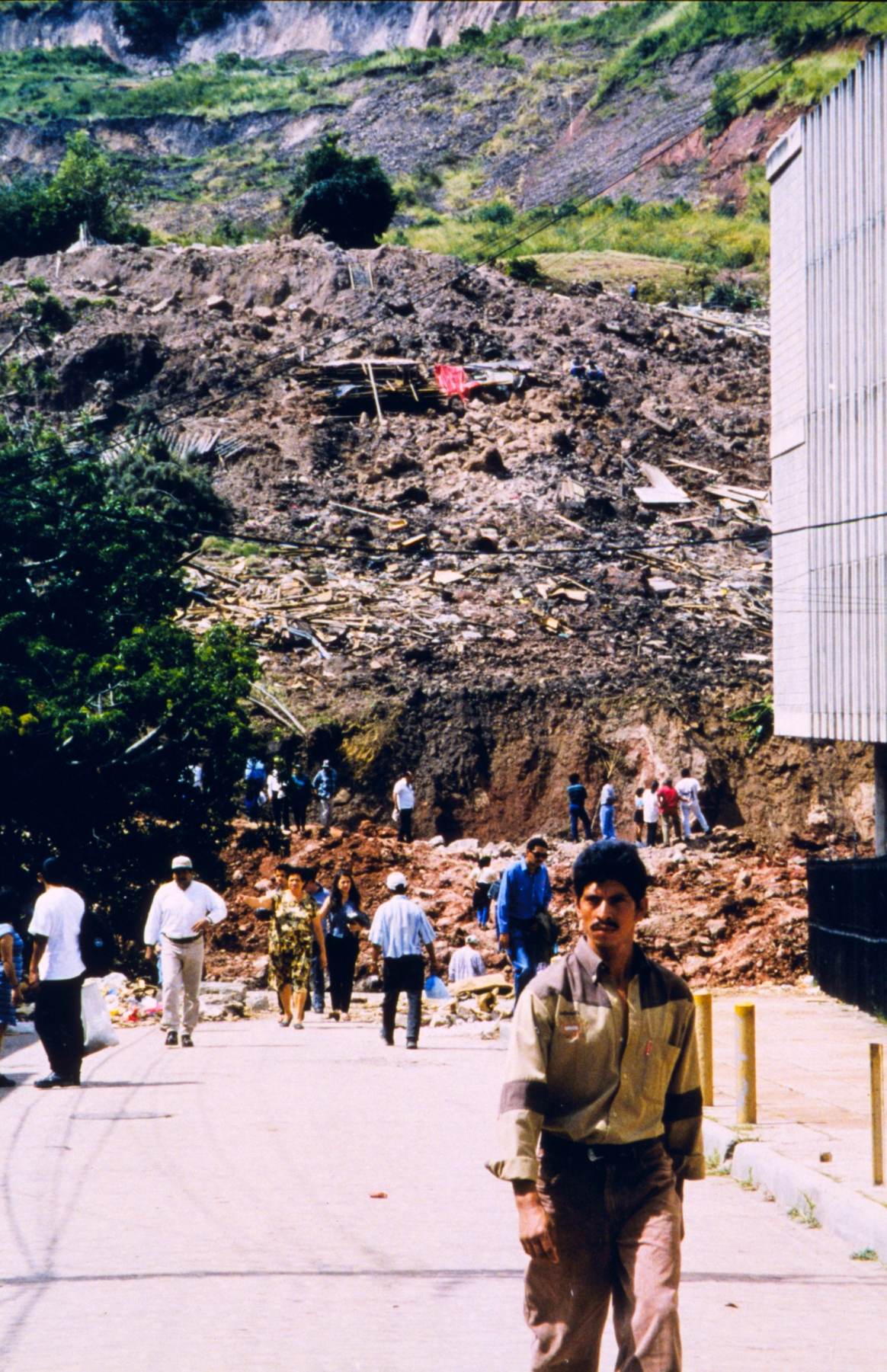
Hurricane Mitch left over 9000 deaths and 9000 missing people | Photo: Debbie Larson, NOAA
CLIMATE CRISIS IN PERSPECTIVE
According to the UN Refugee Agency, in 2019 weather-related hazards triggered around 24.9 million displacements 140 countries. Without proper planning and climate action reduction, climate-related disasters could rise the number of people requiring humanitarian assistance to over 200 million each year by 2050.
The most climate-vulnerable places in the world are the Sub-saharan Africa, South Asia and Latin America. This regions also represent 55% of the developing world’s population. Paradoxically, the poorest and more vulnerable communities (those who contributed the least to global warming) are the ones that are paying the price and are hit the hardest by the crisis.
INTERNAL MIGRATION VS. CROSS BORDER MIGRATION
In the beginning of the pandemic we saw a lot in the news about cross-border migration and its effects on the hosts countries made the news (take the example of the migrant caravans in Central America). But, what many people ignore is that far more people are migrating within their own countries than across borders. Among the many economic, social and political reasons, we are seeing how climate change is becoming a potent driver of internal migration.
A report made by the World Bank predicts that the number of internal migrants could reach more than 143 million people by 2050 in the three most affected areas in the world: Sub-Saharan Africa, South Asia and Latin America.
In order to be able to host the future wave of internal migrants, many urban and peri-urban areas will need to prepare, by building improved housing and transportation infrastructure, social services and employment opportunities. All these goals sound hard to achieve in some of the world’s poorest countries, that have now to undergo and survive the coronavirus pandemic.
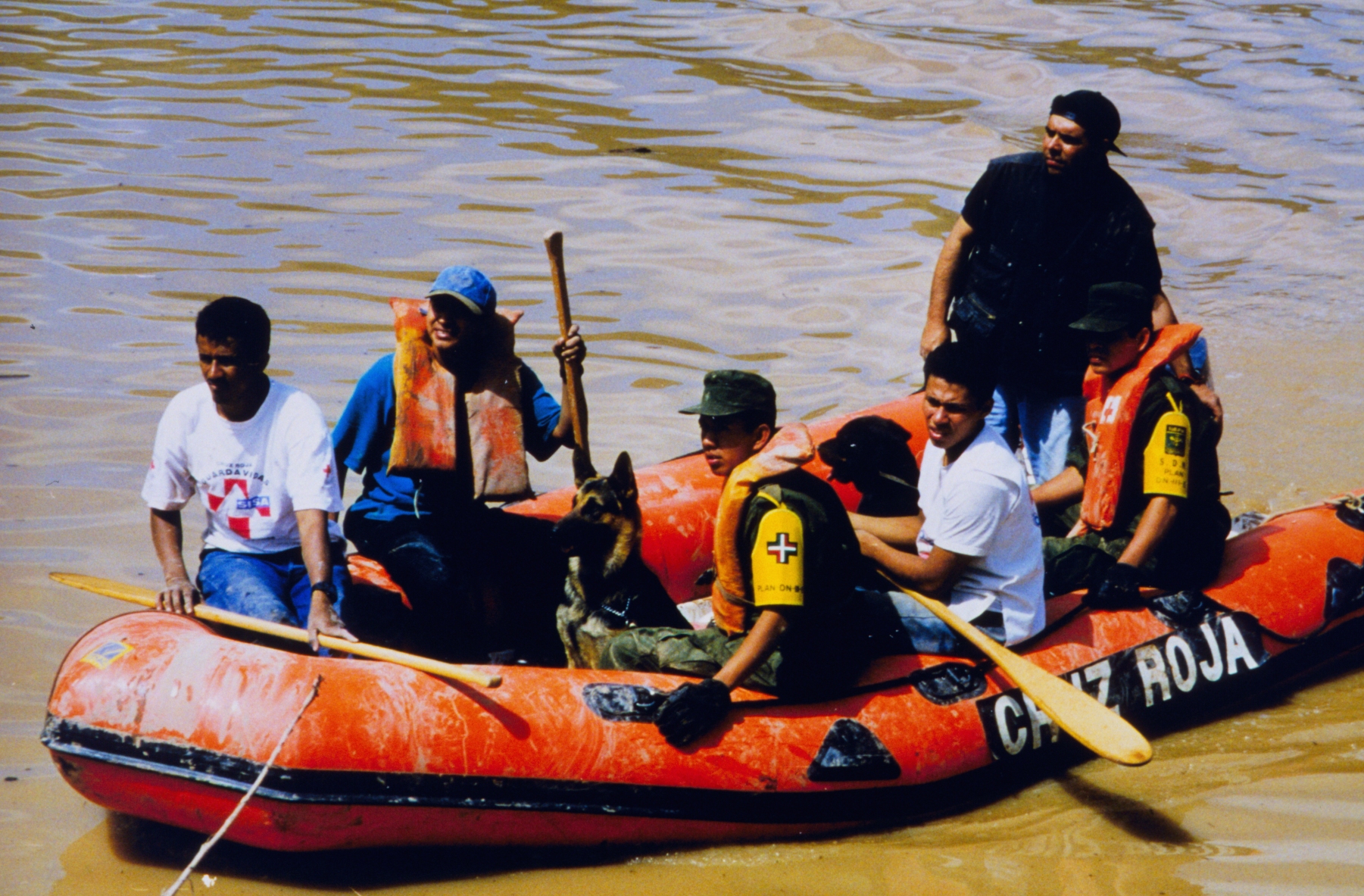
Photo: Debbie Larson, NOAA
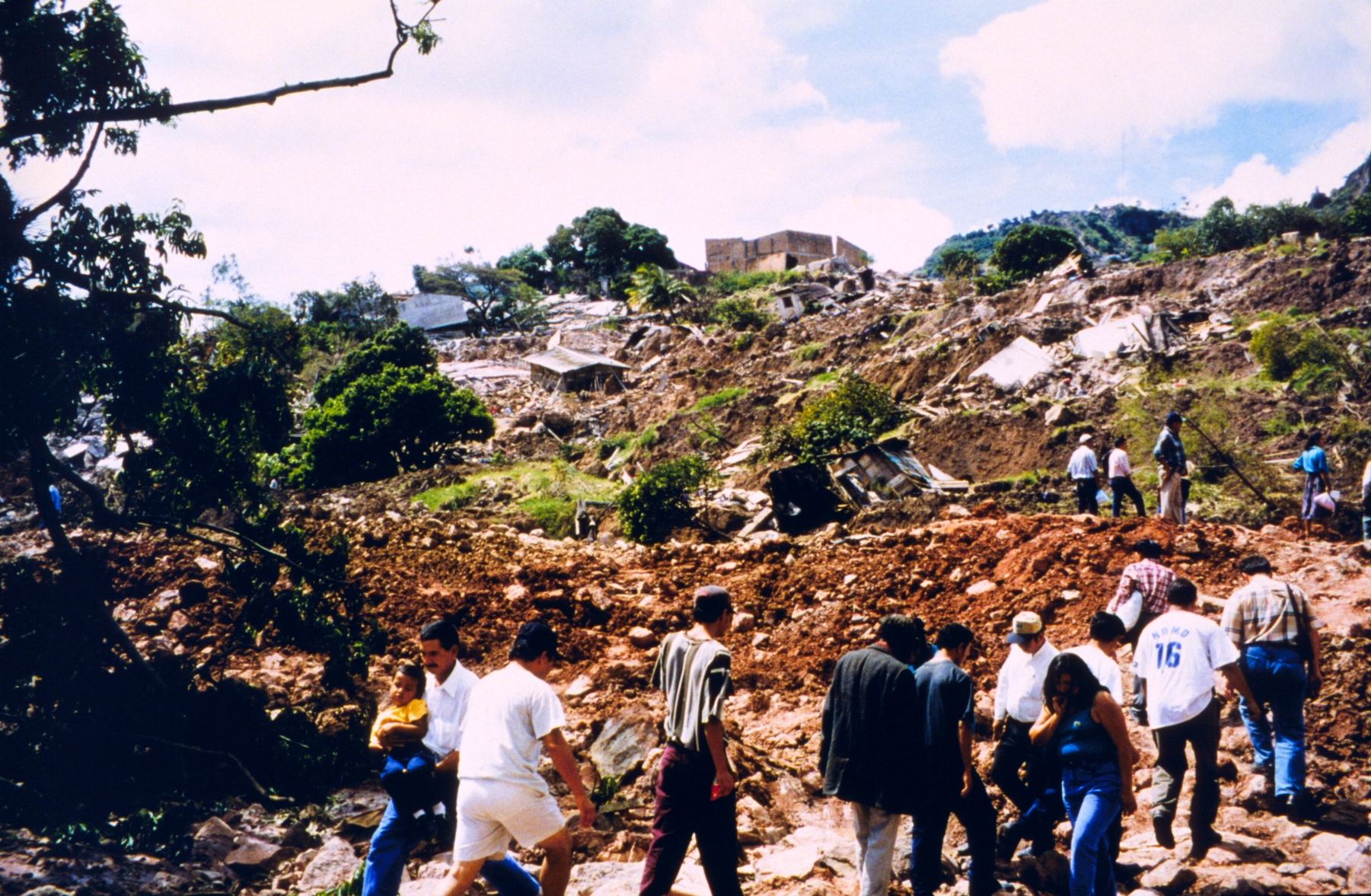
The devastation caused by Hurricane Mitch led to the forced Migration of thousands of people | Photo: Debbie Larson, NOAA
CLIMATE CHANGE AS A RISK MULTIPLIER
A research conducted by The New York Times and Propublica showed that today 1% of the world is a barely livable hot-zone; but, by 2070 that number could grow up to 19%. Making the direct link between climate change and cross-border migration can be challenging, but we must address it as a risk multiplier, for other reasons of displacement. Climate change itself does not lead to conflict, but it does lead to lack of food, shelter and water resources. It impacts directly in the living conditions of the population, and the deterioration of the education and health systems; most of the times, in countries that are struggling with many other issues.
Seeing climate change as a risk multiplier for both internal and cross-border migration is the first step in order to create a concrete plan that aims to help the people that are today suffering the consequences of the climate crisis today.

+ Words: Leila Salinas, Luxiders Magazine
Journalist | Berlin-based
Connect with her on LinkedIn or Instagram (@leisalinas)




